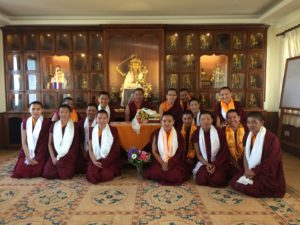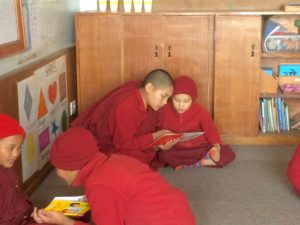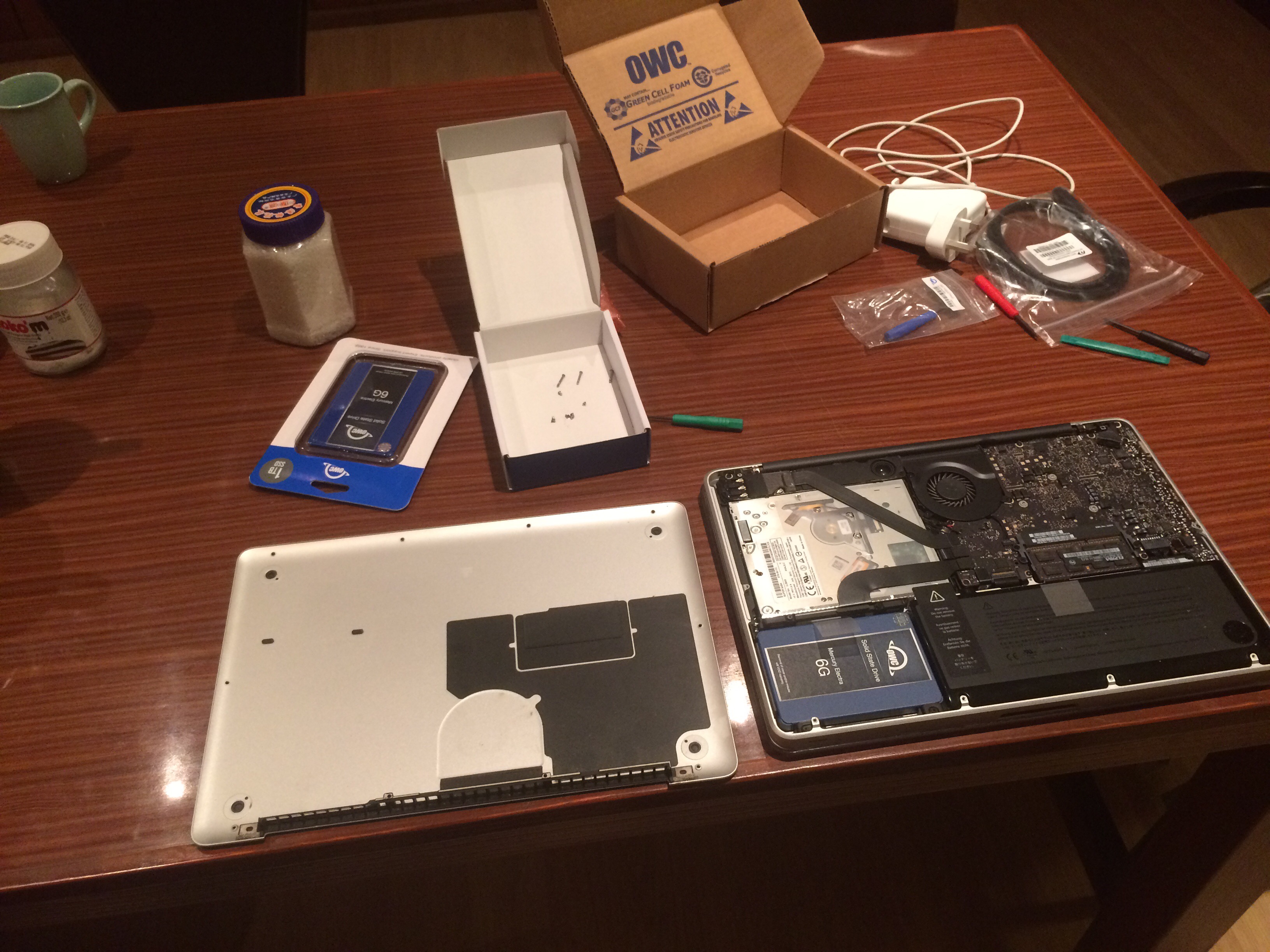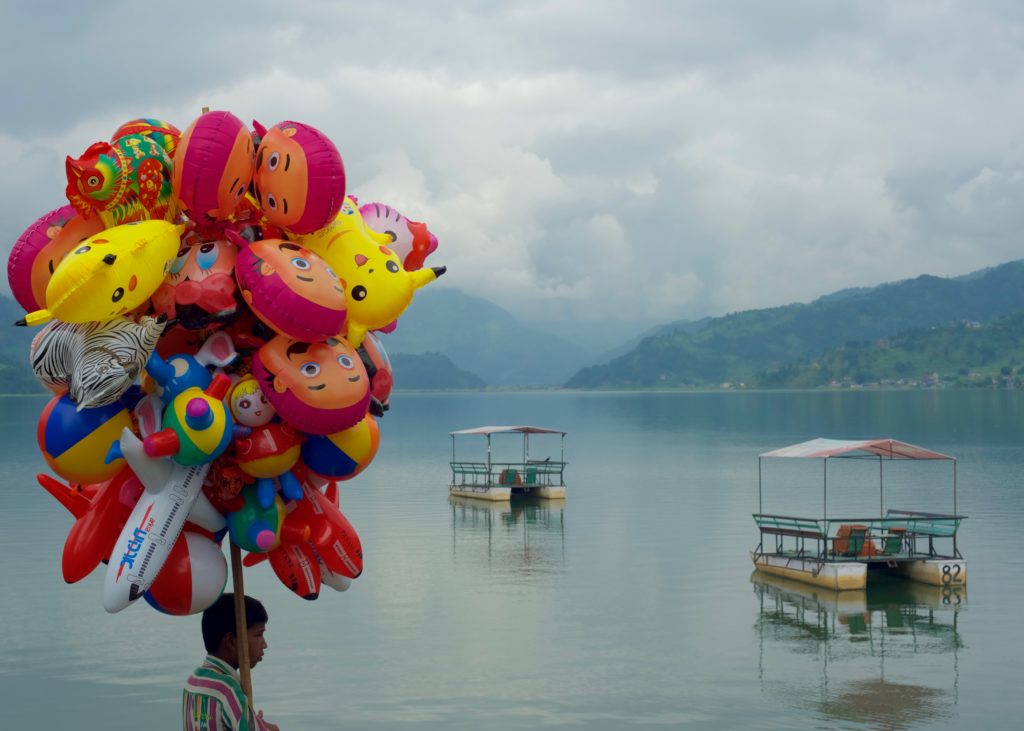
Looking back on what I’ve shared to date, I realize that I haven’t really described our work with the Anis, the girls who live and learn at Tsoknyi Gechak School. This is due, in part, because I have been trying to figure it out and haven’t been able to formulate my thoughts on the subject. Our work seems to change and expand as we get familiar with the people and the structure here. Interestingly, in the last week or so, Joni and I have become more involved in working with the older Anis of the Trasang and Shedra as well.

As I have mentioned, most of the children who live in the school have come from the hills and mountains of Nepal (on the northern border). They have come here to get a proper secular education (reading, writing, math, 3 languages, social studies (including moral education or right behavior), and Buddhism. The Trasang group is separate from the school and is made up of young women from India who are focus on the rituals and practices of Tibetan Buddhism and who do much of the daily chores around the Gompa. The Shedra is also separate from the school and is made up of young women who devote their time to studying all aspects of Tibetan Buddhism; philosophy, meditation, practice, ritual, language (Sanskrit and Tibetan), and many aspect that I don’t know how to describe. They also have some housekeeping duties around the Gompa.


The bulk of our “work” is in the school with the children; class LKG, UKG (lower and upper kindergarten), Class 1, 2, 3, 4, 5, 6, 7 and 7A. Joni works with classes 2, 3, 4, 5, and 7. I work with the rest. We both focus on English by weaving in the content they are learning in other classes. We’ve also created lessons that emphasize spelling and speaking the most common words in the English language (Fry words), phonics, rhyming and such. Like most jobs, our teaching job has required some time to get a sense of how things run. We are learning how the teachers work, what the goals of the school are and the skill levels of the students. We’re feeling more confident now that we have established a working relationship with the primary English teachers. English is not their native language and unfortunately we DO mis-communicate from time to time. Over time we’ve become a better team, sharing the lead for instruction and working together to switch between speaking English and waiting for translation when necessary. It is my understanding that the recommended way to teach any language is immersion; in the case of English instruction, making students communicate in English only. This is difficult if the teacher is not totally proficient in both languages. Unfortunately, we aren’t proficient in Nepali or Tibetan and the teachers still lean on their native language over English.


All the technical details aside, we have come a long way toward establishing a relationship with the teachers and the students. The result is a level of humor and trust. We are becoming more relaxed and willing to approach one another, despite the occasional barriers of language and custom. Joni brings her experience as a classroom teacher and this is being recognized by the teachers as she creates lessons that are focused and based on her observations of the student’s competence. She has some tricks and methods that she models for the teachers and shares with me. I expect her ideas and influence will live long past her time here. I have limited experience with teaching English or curriculum. I believe my strength is in engaging with and building relationships with the teachers and children, playing, and understanding their needs. My skill in writing and speaking, spelling and grammar are also a bonus – though the “rules of grammar” evade me at times. Mostly, I try to learn from Joni and the teachers I work with.
Our time outside the classroom is just as important as our time in the classroom as we play games, chat and joke with the girls. When we first came it was difficult to get the girls to look at us. Most of them would cover their face or mouth with their robes when they addressed us and would seldom look us in the eyes. Now they greet us as we come and go, calling us by name (“David Sir”, “Miss Joni”). They say, “Good morning”, “How are you”, “Sweet dreams”, “See you tomorrow”, etc. When Joni left to go back home to visit her mom last Friday, some stood on the wall waving her goodbye. We are becoming part of the big family.
While our relationship with the young women of the Trasang and Shedra has developed more slowly, we often get evening room visits from them now; to request help in editing their English writing. This began when the class 5, 6, 7 and 7A students began bringing penpal letters to edit. What started as a trickle, a single student knocking at our door in the evening, has become a flood. Some evenings we have 5 or 6 girls standing in line for feedback. I have to admit that I sometimes cringe at the late night work. But when I see their commitment and willingness to take feedback and their devotion to learning, my resistance fades. I want to do all I can while I can.
The Trasang nuns are writing stories about life here in the Gompa, their decision to come here and their hopes for the future. The idea for writing started in a photography class that I’ve been running with them. The school teacher that I collaborate with agreed that we could capitalize on our photography lessons by mixing writing and photography. The hope is that they will maintain a regular newsletter for the school, with stories of the children in the school and activities in and around the school. Writing about themselves to begin the process seems like a good place to begin.
All of the nuns, young and old, have incredible skills in concentration and memory. I’m not sure how this has evolved exactly but it is reflected in the youngest students who spell and say words with great speed (I ask them to slow down sometimes). As we have spent time with them we’ve realized that the ability to spell and say words is very different than understanding the words or linking a string of words into a sentence. Consequently, we have made it our mission to teach in sentences and question them on the meaning of words. It has been a wonderful learning experience for all of us.












